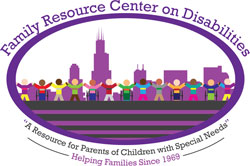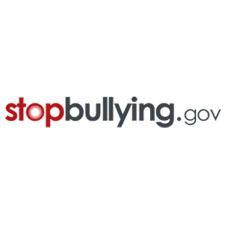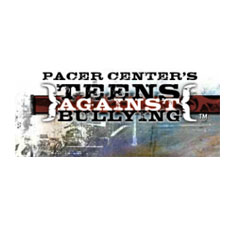Bullying
1. Verbal bullying including derogatory comments and bad names
2. Bullying through social exclusion or isolation
3. Physical bullying such as hitting, kicking, shoving, and spitting
4. Bullying through lies and false rumors
5. Having money or other things taken or damaged by students who bully
6. Being threatened or being forced to do things by students who bully
7. Racial bullying
8. Sexual bullying
9. Cyber bullying (via cell phone or internet)
StopBullyng.gov provides information from various government agencies on what bullying is, what cyberbullying is, who is at risk, and how you can prevent and respond to bullying.
Parents should contact school staff each time their child informs them that he or she has been bullied. PACER Center has created template letters that parents may use as a guide for writing a letter to their child’s school. These letters contain standard language and “fill in the blank” spaces so the letter can be customized for your child’s situation. https://www.pacer.org/bullying/
DCMP Bullying Information
Children who have a physical, sensory, or intellectual disability are at an increased risk of bullying due to stigma, negative traditional beliefs, and misunderstanding by other children. They face an increased risk of violence, teasing, and harassment. School personnel and family members working with children who are deaf, blind, or deaf-blind have access to a free-loan library of captioned and described educational media. Media is distributed in DVD form as well as through Internet streaming by the Described and Captioned Media Program (DCMP). DCMP has several titles available for its members use. https://dcmp.org/learn/515
Kids Against Bullying
Visit link to download The Kids Against Bullying Pledge.
As a Kid Against Bullying, I will:
- Speak up when I see bullying
- Reach out to others who are bullied
- And be a friend whenever I see bullying
For teenagers who experience bullying and teens who want to prevent bullying at their school.





